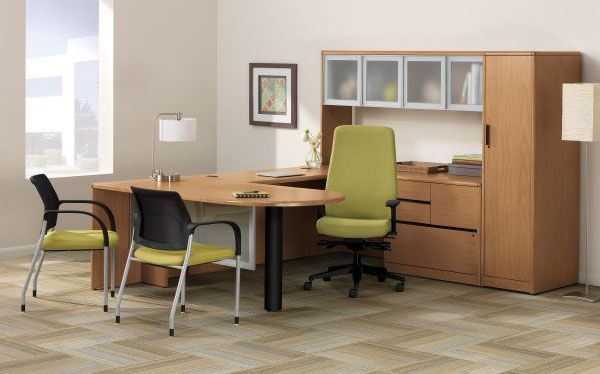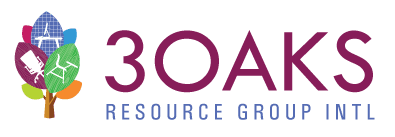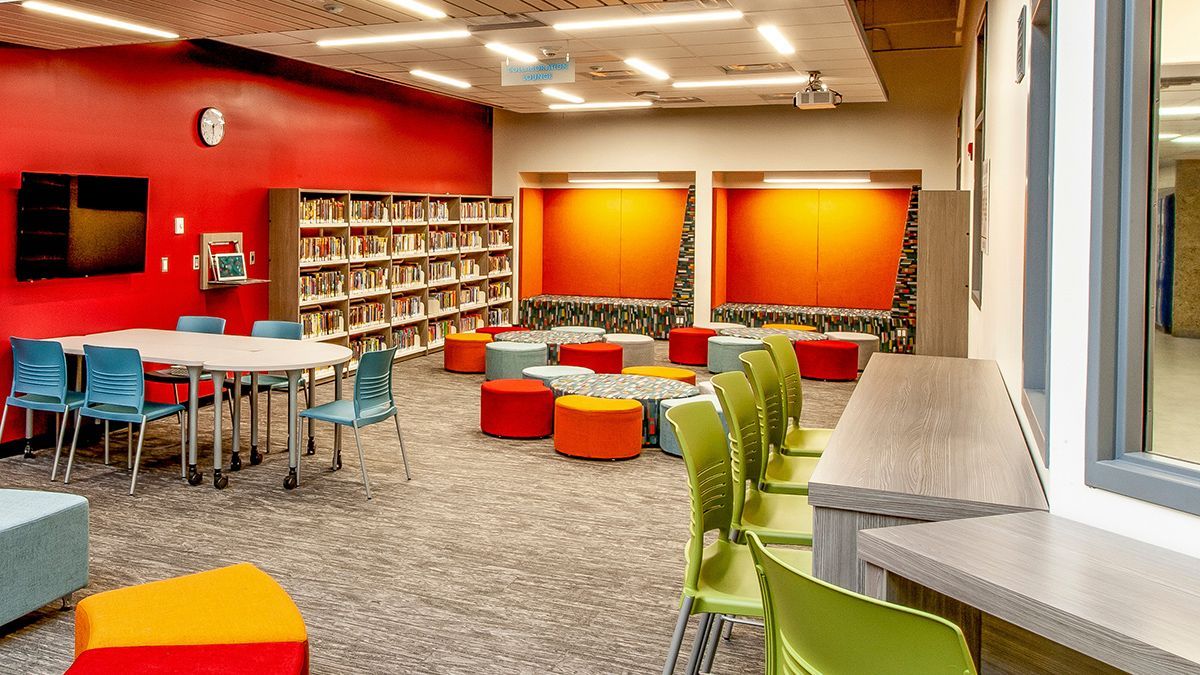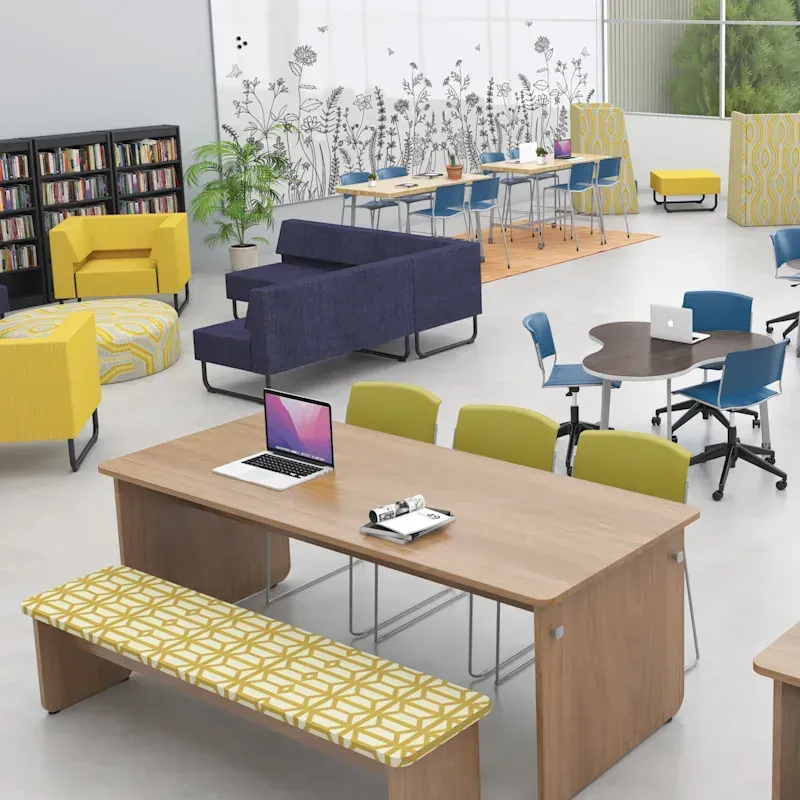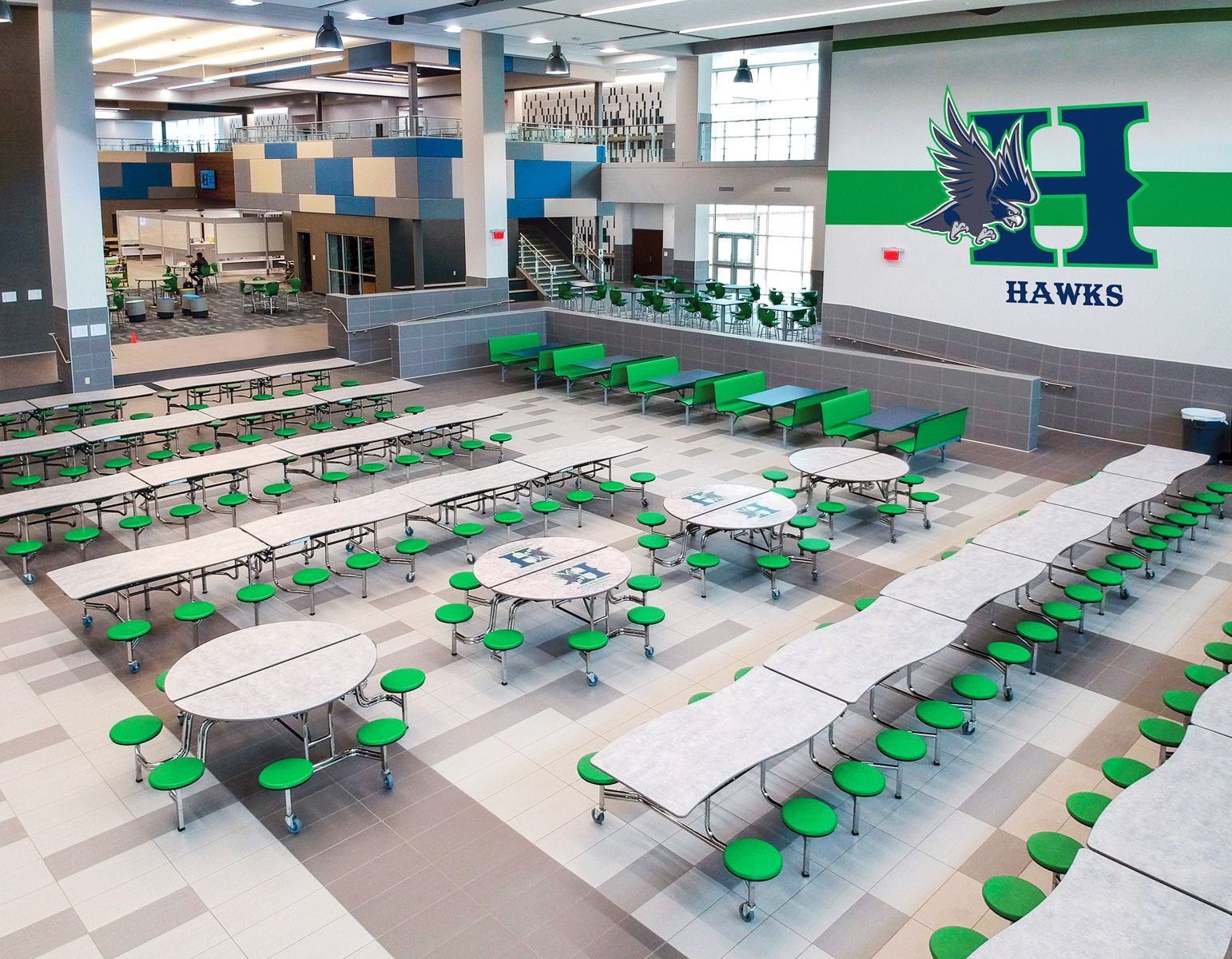Libraries — More Than Just Books!
Once a quiet sanctuary for reading and reference materials, the school library is now undergoing a major transformation. Today’s libraries are evolving into dynamic, media-rich learning hubs designed to support research, collaboration, creativity, and digital exploration.
The modern library is no longer just a place for books—it’s a flexible environment where students gather, connect, and learn in new and innovative ways. Here’s how schools are reimagining these spaces and what it means for your next renovation or new build.
1. From Stacks to Stations: A New Layout
Traditional rows of book shelving are giving way to modular zones—quiet corners for solo study, open tables for group projects, and cozy lounges for informal learning. Flexible furniture makes all the difference here.
Design Recommendation: Mobile shelving units, nesting tables, and stackable chairs make it easy to reconfigure space depending on the day’s needs.
Stat to Know: Schools with flexible library environments reported a
20% increase in student engagement during independent and group learning sessions.
→ Source: School Library Journal, 2022
2. Media-Rich & Tech-Forward
Today’s libraries double as media centers, equipped with audio-visual editing stations, podcast booths, and even makerspaces. Students are using technology not just to consume information but to create it.
Design Recommendation: Equip your space with built-in charging stations, media pods, and tech carts to accommodate laptops, tablets, and audio gear.
Stat to Know: 94% of educators believe that access to digital tools in school libraries
positively impacts student achievement.
→ Source: Scholastic’s School Libraries Work!, 2023
3. Collaboration is Key
Gone are the “shh” days—today’s libraries are built for collaboration. Group tables, writable surfaces, and large screens for shared presentations help support interactive learning experiences.
Design Tip: Add whiteboard tables or mobile partitions with writable surfaces to foster spontaneous creativity and project-based learning.
4. Comfort + Flexibility = Focus
Seating diversity is essential. From lounge chairs and beanbags to bar-height stools and ergonomic study pods, students of all ages benefit from being able to
choose how they learn best.
Design Recommendation: Use a mix of soft seating, booths, and height-adjustable desks. Bonus: Soft seating also improves acoustics.
Stat to Know: Flexible seating in learning spaces has been linked to a
12% increase in time-on-task behavior.
→ Source: Edutopia, 2021
Partner with 3 Oaks Resource Group
At 3 Oaks Resource Group, we help schools turn their libraries into 21st-century learning spaces. With access to over 125 leading manufacturers and deep experience in educational design, we provide tailored solutions—from smart furniture layouts to tech-ready media stations—that grow with your school’s needs.
Whether you’re refreshing your existing library or building a new space from scratch, our team is ready to help you imagine, design, and furnish a library that supports every student.
Ready to transform your library?
Let’s talk about your school’s vision.
Request a FREE DESIGN consultation today!
